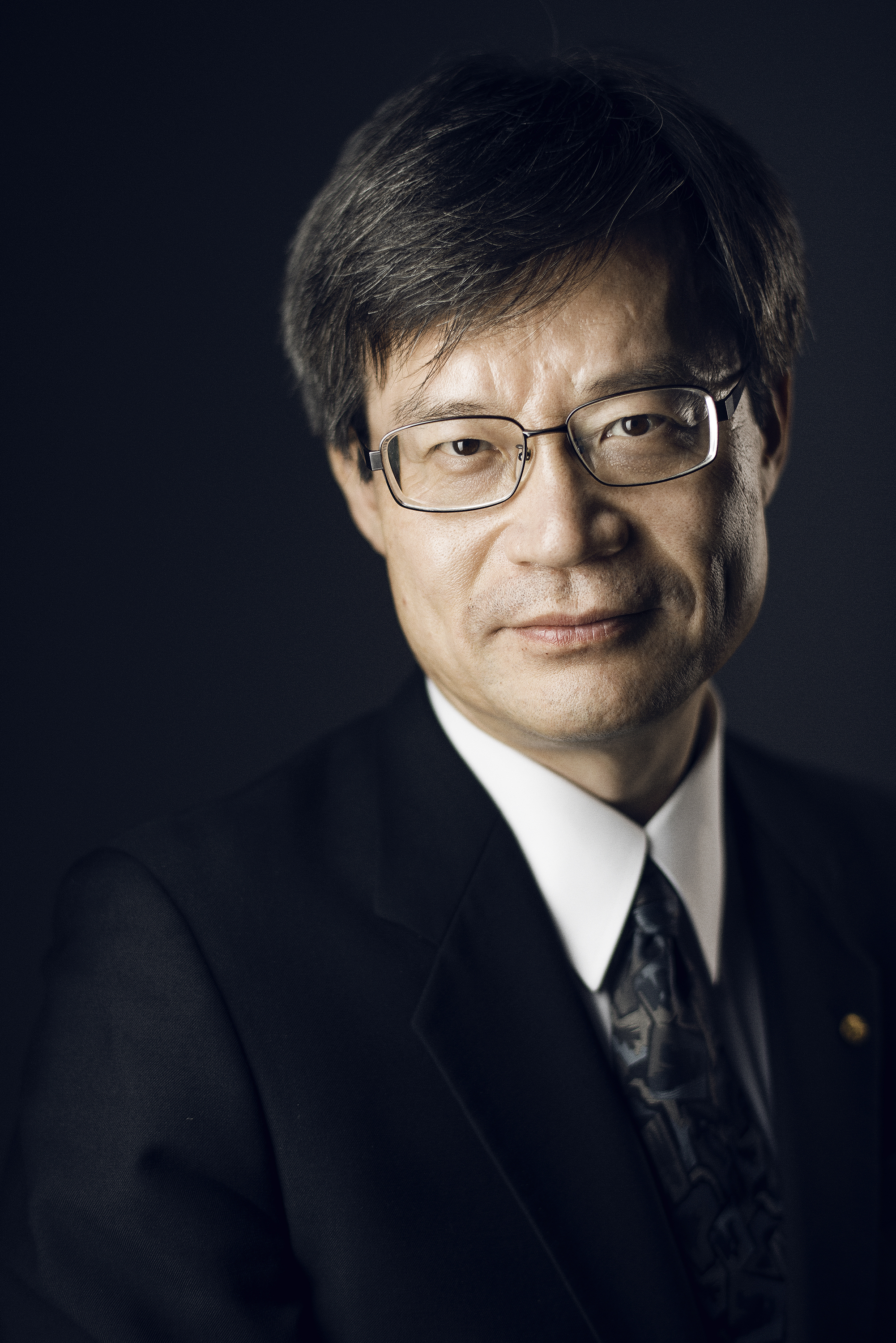Amano, Hiroshi (1960-…), a Japanese physicist, shared the 2014 Nobel Prize in physics with fellow Japanese physicist Isamu Akasaki and Japanese-American physicist Shuji Nakamura. All three scientists received the award for their work in developing a blue light-emitting diode (LED). An LED is a tiny device that gives off light in response to an electric current. The breakthrough in blue LED’s enabled the development of LED devices that give off white light. Such devices are longer lasting and more energy efficient than traditional incandescent and fluorescent light bulbs.

White light is actually a mixture of many colors or wavelengths of light. An LED, on the other hand, can produce only a single color. LED devices must produce white light by combining light from several LED’s of differing colors, generally red, green, and blue. The first visible-light LED’s, created in 1962, were red. Green LED’s were developed in the early 1970’s. Blue light, which is more energetic, proved extremely difficult to produce in an LED. In the 1970’s, researchers at the American company RCA concluded that a material combining the metal gallium and nitrogen, called gallium nitride (GaN), could serve as the basis for a blue LED. However, the company encountered financial difficulties and canceled further research.
Akasaki later began working with gallium nitride. Amano joined him at Nagoya University as an undergraduate student in 1982. In 1986, the pair succeeded in manufacturing a suitable GaN crystal. Over the next decade, Akasaki and Amano and, separately, Nakamura refined the process of producing GaN crystals for blue LED’s. Akasaki and Nakamura created the first blue LED in 1989, but it was relatively dim. The pair would develop a bright LED in 1992, with Nakamura creating a commercially viable blue LED in 1993.
Amano was born in Hamamatsu, Japan, near Nagoya, on Sept. 11, 1960. He received a bachelor’s degree in 1983, a master’s degree in 1985, and a doctor’s degree in 1989, all in engineering from Nagoya University. He became a research associate at Nagoya University in 1988. In 1992, he joined the faculty of Meijo University as an assistant professor. From 1998 until 2002, he was an associate professor, becoming a full professor in 2002. In 2010, he moved to the Graduate School of Engineering at Nagoya University.
